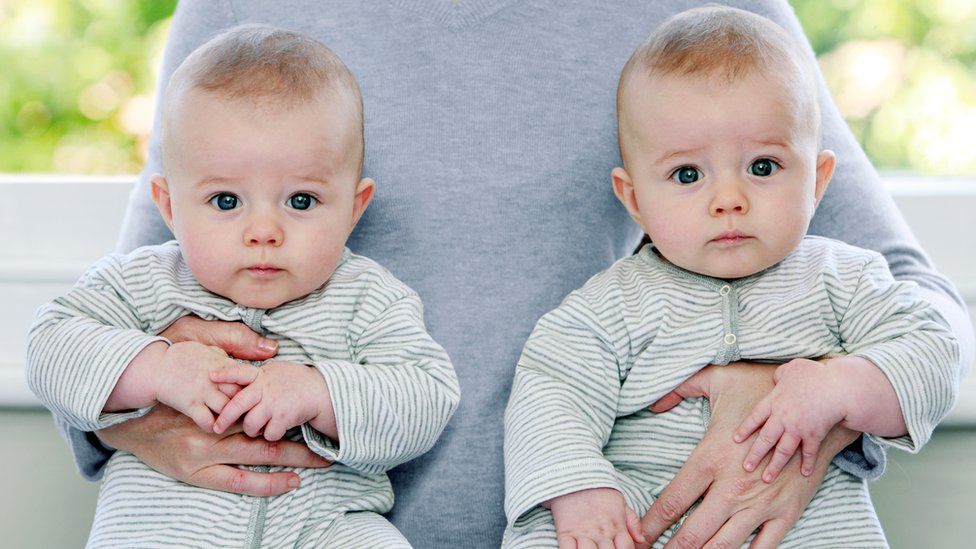The first global study of human twinning observed that the rate of twin births worldwide has increased by more than 30 percent since the 1980s.
The arrival of a new baby is an occasion for much joy and celebration, but the joy just doubles when the arrival of one more kid joins the party. According to a recent study, it has been found that twin births are more common today in the world than at any time in history. The first comprehensive survey of twin births around the world revealed that on average, 12 out of every 1,000 deliveries around the world today are twins.
The first global study of human twinning found that more twins are being born now majorly because of the rising use of in vitro fertilisation (IVF) and other assisted reproduction techniques. The study observed that the rate of twin births worldwide has increased by more than 30 percent since the 1980s. The number of twin births has risen from nine twin births per 1,000 deliveries in 1980-1985 to 12 twin births per 1,000 deliveries in 2010-2015.
Researchers from Radboud University in the Netherlands, the University of Oxford in the UK, and the French Institute for Demographic Studies generated figures by gathering existing data from 165 countries from the year 1980 to 2015. As per the research published, it has been revealed that more than 1.6 million twins are now being born every year now.
Increasing twinning rates:
According to Christiaan Monden, a professor of sociology and demography at Oxford University, “The trend of increasing twin births is really striking. Over the past 40 to 50 years, it has been observed that there is a strong increase in the twinning rates in rich as well as developed countries. And, this is the major reason behind more twin births in both relative and absolute sense.”
Most of the babies are now being born as a result of fertility treatments, such as ovarian stimulation or having more than one in vitro fertilisation (IVF) embryo transferred into the womb at the same time. This process is one of the major reasons behind increased twin birth rates.
It has been also found that the rates of monozygotic or identical twins born from the same egg were barely changed, and remained stable at about four per 1,000 deliveries worldwide. While the vast majority of the increase in twinning rates was observed due to high numbers of dizygotic or non-identical twins.
Twinning rates in different countries:
At present, Africa and Asia make-up about 80 percent of all twin deliveries in the world and study author Professor Christiaan Monden believes that there is a reason behind this. The twinning rate in Africa is high because of the high number of dizygotic twins (twins born from two separate eggs) born in the continent.
The study also suggested that the winning rates in Europe, North America and Oceanic countries have been catching up because of the increasing use of medically assisted reproduction since the 1970s.

